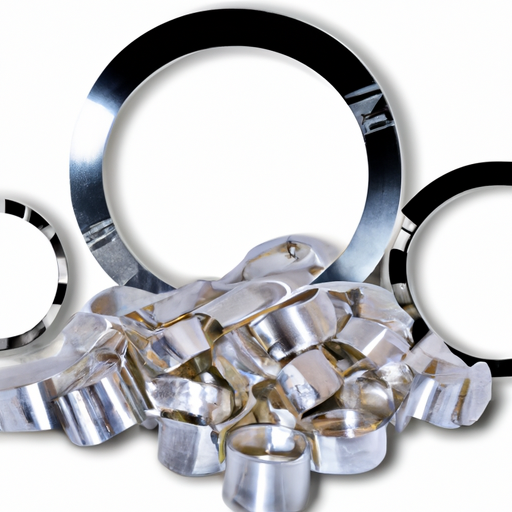Sweating In Cold: Understanding The Paradox
Sweating in cold weather can be a perplexing experience. After all, isn’t sweating supposed to help cool us down? The phenomenon of sweating in cold temperatures can be both uncomfortable and concerning. But what causes this seemingly contradictory response?
Why Do We Sweat?
Sweating is our body’s natural way of regulating temperature. When we get too hot, our sweat glands produce perspiration to cool us down. This process is essential for maintaining a stable internal temperature. But what happens when you find yourself cold and sweaty at the same time?
The Science Behind Cold Sweats
Cold sweats occur when your body activates its sweat glands regardless of the external temperature. This can happen due to a variety of reasons:
– Stress or Anxiety: Emotional responses like stress or anxiety can trigger your body’s fight-or-flight response, leading to sweating.
– Medical Conditions: Certain medical conditions like hyperhidrosis (excessive sweating) often cause people to sweat even when they are not warm.
– Hormonal Changes: Hormones play a crucial role in regulating body temperature and sweat production.
– Infections or Illnesses: Fevers or infections can also lead to nighttime sweats, making you feel sweaty despite being cold.
Understanding these underlying causes is the first step toward managing this paradoxical symptom effectively.
When Should You Be Concerned?
While occasional cold and sweaty experiences are usually harmless, frequent episodes could indicate an underlying issue that needs medical attention. Here are some signs you should look out for:
– Persistent sweating despite being in a cool environment.
– Nighttime sweats that disrupt your sleep regularly.
– Accompanying symptoms like fever, chills, or unexplained weight loss.
If you notice any of these signs, it’s essential to consult with a healthcare provider for an accurate diagnosis and treatment plan.
Common Causes Of Sweating In Cold Weather
Several factors can contribute to sweating in cold weather. Let’s dive deeper into some common causes:
Hyperhidrosis
Hyperhidrosis is a condition characterized by excessive sweating that goes beyond what is necessary for temperature regulation. People with hyperhidrosis often experience sweating in cold conditions. This condition affects about 1% of the population and can significantly impact the quality of life.
Treatment options include:
– Prescription antiperspirants
– Oral medications
– Botox injections
– Surgical interventions
Consulting a dermatologist can help tailor these treatments to your specific needs.
Anxiety And Stress
Stressful situations and anxiety attacks can trigger excessive sweating regardless of the ambient temperature. When you’re anxious, your body releases adrenaline, which activates sweat glands as part of the fight-or-flight response.
To manage anxiety-induced sweating:
– Practice mindfulness or meditation techniques.
– Incorporate regular physical exercise into your routine.
– Seek professional help if necessary.
Managing stress effectively will not only reduce cold sweats but also improve overall well-being.
Nighttime Sweats: A Special Case
Nighttime sweats are another form of sweating that occurs typically during sleep but without any apparent reason related to room temperature. These may be particularly distressing when coupled with feelings of being chilled.
Possible Causes Of Nighttime Sweats
Several factors could lead to nighttime sweats:
1. Hormonal Imbalances: Menopause or thyroid issues often result in nighttime sweats.
2. Medications: Some medications list night sweats as a side effect.
3. Infections: Tuberculosis and other infections might cause night sweats accompanied by feverish chills.
4. Sleep Disorders: Conditions like sleep apnea sometimes result in nighttime sweating episodes.
Identifying the root cause is crucial for effective treatment and better sleep quality.
Practical Tips For Managing Sweating In Cold Weather
Dealing with this unusual symptom requires both lifestyle changes and possibly medical intervention:
Dressing Smartly
Wearing breathable layers helps manage body temperature more effectively than heavy clothing alone:
1. Opt for moisture-wicking fabrics that draw perspiration away from your skin.
2. Layer clothing so you can adjust according to how warm or cold you feel throughout the day.
Maintaining A Comfortable Environment
Keeping your environment at an optimal temperature reduces the likelihood of fluctuating body temperatures causing unnecessary sweat:
1. Use fans or air conditioning for better air circulation even during colder months if indoor heating makes you too warm
2 .Invest in breathable bedding materials like cotton sheets which allow ventilation while keeping warmth intact.
Conclusion: Embracing The Paradox Of Sweating In Cold
Experiencing sweating in cool environments may seem paradoxical but understanding its myriad causes helps demystify this condition considerably! Whether due hormonal changes , hyperhidrosis ,or plain old stress ; recognizing triggers allows proactive management strategies ensuring comfort everywhere from boardrooms bedrooms alike!
So next time you find yourself unexpectedly breaking into sweat despite chilly weather outside remember : knowledge truly empowers conquer discomfort swiftly graciously!

